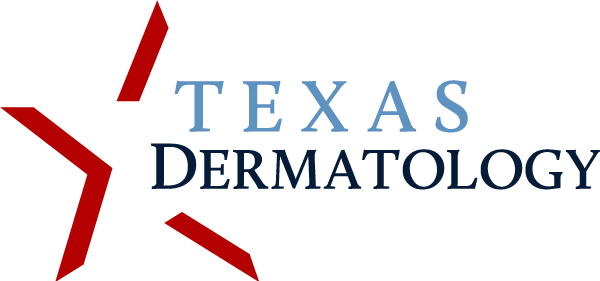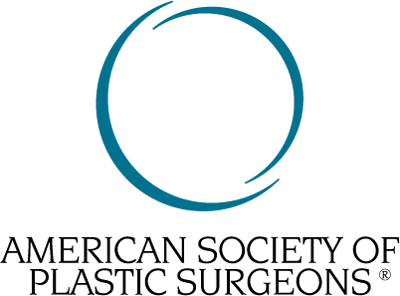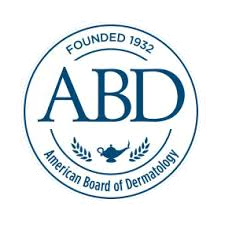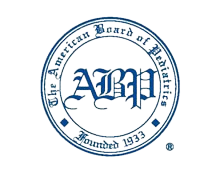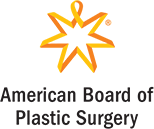Sep
toplasty
Rhinoplasty
Reshaping the tip of the nose
Reducing the size of the nose
Straightening a crooked nose
Improving the angle between the nose and the upper lip
Correcting breathing problems caused by structural issues
During the procedure, the surgeon will make incisions inside the nose or on the outside of the nose, depending on the desired outcome. The surgeon will then reshape the bone and cartilage of the nose to achieve the desired result. This procedure is performed under general anesthesia and typically takes 1-3 hours to complete.
Recovery from rhinoplasty can take several weeks. Patients may experience swelling, bruising, and discomfort around the nose and eyes. It is recommended to avoid strenuous activity for at least two weeks after surgery and to avoid wearing glasses or sunglasses that rest on the nose for several weeks. Most patients are able to return to work or school within 1-2 weeks after surgery.
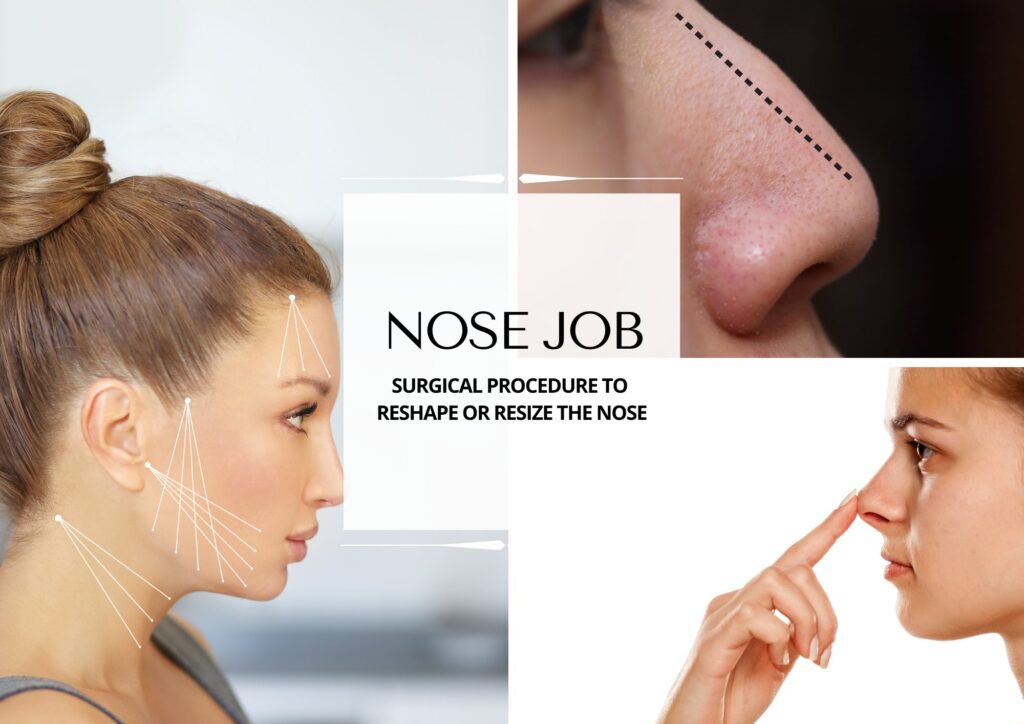
Septoplasty
Difficulty breathing through the nose
Chronic congestion
Recurrent sinus infections
Frequent nosebleeds
Snoring or sleep apnea
During the procedure, the surgeon will make an incision inside the nose and lift the lining of the septum to access the deviated portion. The surgeon will then straighten and reposition the cartilage and bone to open up the airway and improve breathing. The procedure typically takes 1-2 hours to complete and is performed under local or general anesthesia.
Recovery from septoplasty is relatively quick, with most patients able to return to normal activities within a few days. Patients may experience mild pain, swelling, and congestion after surgery, but these symptoms typically resolve within a week. It is recommended to avoid blowing the nose or engaging in strenuous activity for at least two weeks after surgery.
Septoplasty may be covered by your insurance provider pending medical necessity.
Risks and Complications
Bleeding
Infection
Scarring
Reaction to anesthesia
Breathing difficulties
Changes in sensation or numbness in the nose or surrounding areas
Unsatisfactory cosmetic results
It is important to discuss these risks with your surgeon before undergoing either procedure.
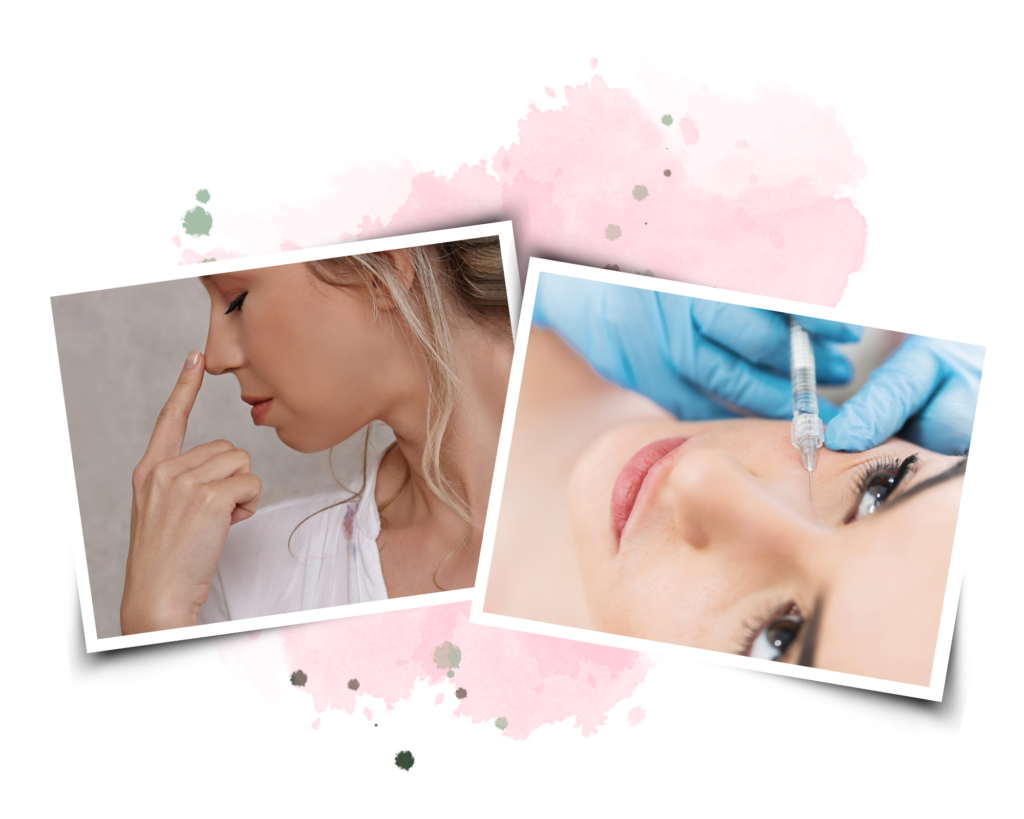
Conclusion
Rhinoplasty and septoplasty are two surgical procedures that can improve the appearance and function of the nose. While these procedures can be performed separately, they are often done together to achieve the best possible outcome. If you are considering rhinoplasty or septoplasty, it is important to consult with a qualified surgeon to determine the best course of action for your individual needs.
